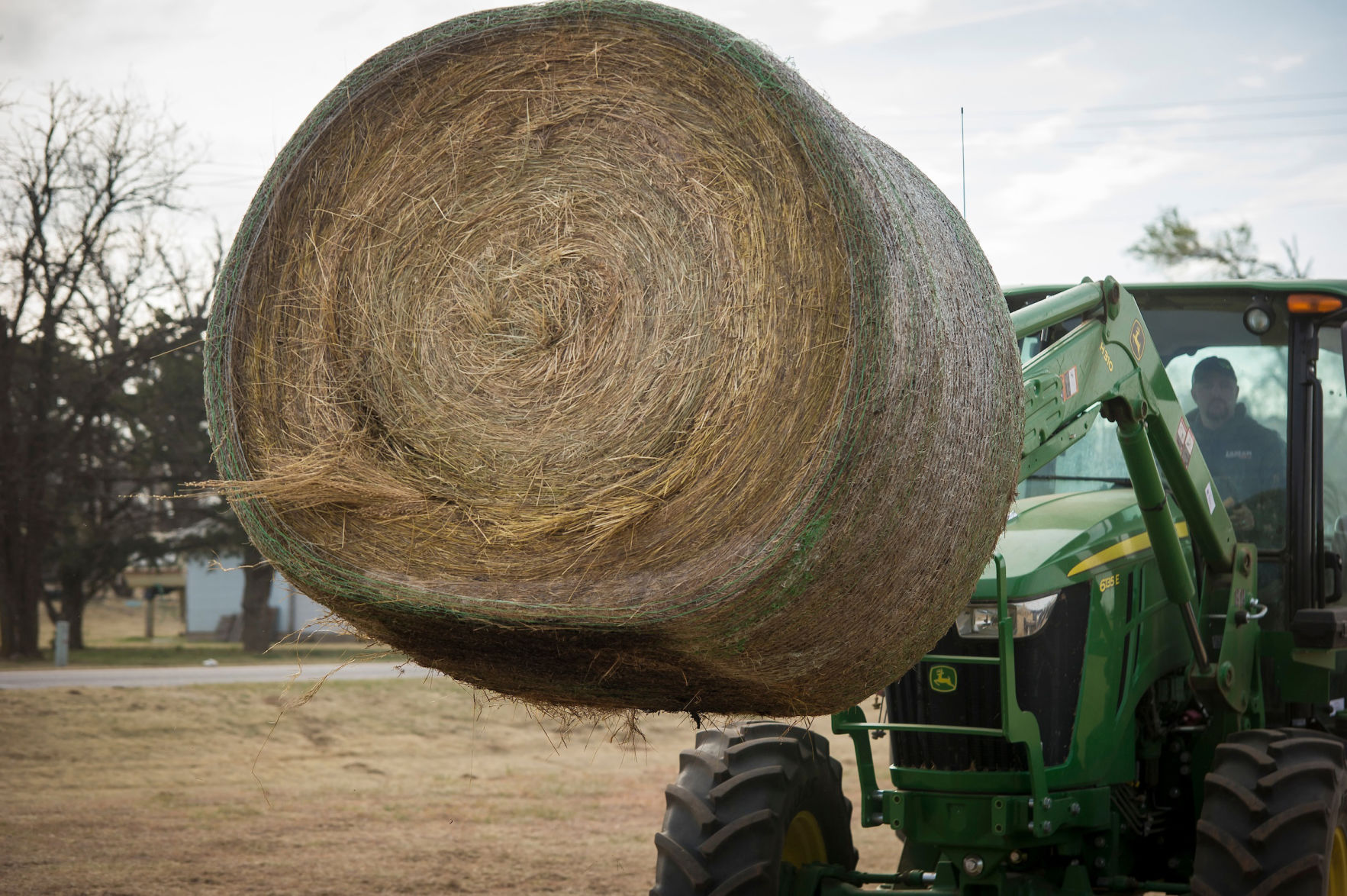State-By-State Hay Summary

Colorado—In the Sept. 5 report, trade activity moderate on light demand. Stable hay sold steady. According to the NASS, Colorado Crop Progress Report for week ending Sept. 1, alfalfa second cutting harvested is 90%, third cutting 43%. Stored feed supplies were reported as 2% very short, 11% short, 70% adequate, and 17% surplus.
Missouri—In the Sept. 5 report, hay prices are steady to weak, demand is light. Hay movement remains to be sluggish as supplies are moderate to heavy. Producers continue to add to supplies with late season cuttings. Hay stocks are in a much better position than where we were a year ago. Current supply of hay and other roughages were categorized: 18% surplus, 77% adequate, and 5% short, as of the latest crop progress report from NASS. Last year at this time they were categorized: 34% adequate, 37% short, and 39% very short.
Nebraska—In the Sept. 5 report, compared to last report, all reported hay sales sold steady on light test. Demand is mostly light with a few loads of hay getting sold. Most alfalfa producers are finishing up on third cutting with some starting fourth in the eastern side of the state. Grass or meadow hay producers are still bailing rounds. Quality has dropped off from the beginning, but a bale of hay beats a snow drift any day this winter. Silage chopping is in full swing across the state with some feedlots done with chopping and are planning on moving over to high moisture corn next week.
Oklahoma—In the Aug. 30 report, compared to the last report, hay trade is at a standstill. Oklahoma still has a lot of 2023 hay, which is being sold and still stacked in barns. Next report will be released Sept. 13.
Texas—In the Sept. 6 report, compared to last report, hay prices are mostly steady to weak across all regions. Hay trade is still pretty limited on light to moderate demand. As hay prices continue to decline in Texas and surrounding states hay movement may pickup. According to Hay and Forage Grower, double digit price declines were noted across multiple states during July. Nebraska, Kansas, Colorado, and Arizona all posted $15 per ton declines. They were followed by Texas with a $13 per ton drop. Montana, Nevada, South Dakota, Washington, and Wyoming were all down by $10 per ton. Next report will be released Sept. 20.
South Dakota—In the Sept. 6 report, compared to last report, demand has been slower than normal, Movement has increased from the last report.
New Mexico—In the Sept. 6 report, compared to last week, hay is steady demand is light with not much movement. According to the NASS New Mexico Crop Progress report for the week ending Sept. 1, nearly all New Mexico producers saw adequate to abundant moisture last week, Alfalfa hay is in the third cutting with 80% complete, fourth cutting 58% and fifth cutting 20% complete. Hay and roughage supplies were reported as 21% very short, 43% short, 35% adequate, and 1% surplus, compared with 25% very short, 38% short, 34% adequate, and 3% surplus last week.
Wyoming—In the Sept. 5 report, compared to the last report, sun-cured alfalfa pellets $20 per ton lower. Bales of hay steady on a very thin test. Some producers are donating hay to those affected by the wildfires. Overall, demand was very slow. One would think, with the drought and fires people would want to buy hay but that’s not the case this year. Some producers are thinking of tarping their 2024 hay since many still have quite a lot of 2023 sitting in their stackyards.
Montana—In the Sept. 6 report, compared to last report, hay movement remains to be sluggish as supplies are moderate to heavy. Producers continue to add to supplies with late season cuttings. Hay stocks are in a much better position than where we were a year ago. Current supply of hay and other roughages were categorized: 18% surplus, 77% adequate, and 5% short, as of the Sept. 2 NASS Crop Progress report. Last year at this time they were categorized: 34% adequate, 37% short, and 39% very short. Hay prices are steady to weak, demand is light.



